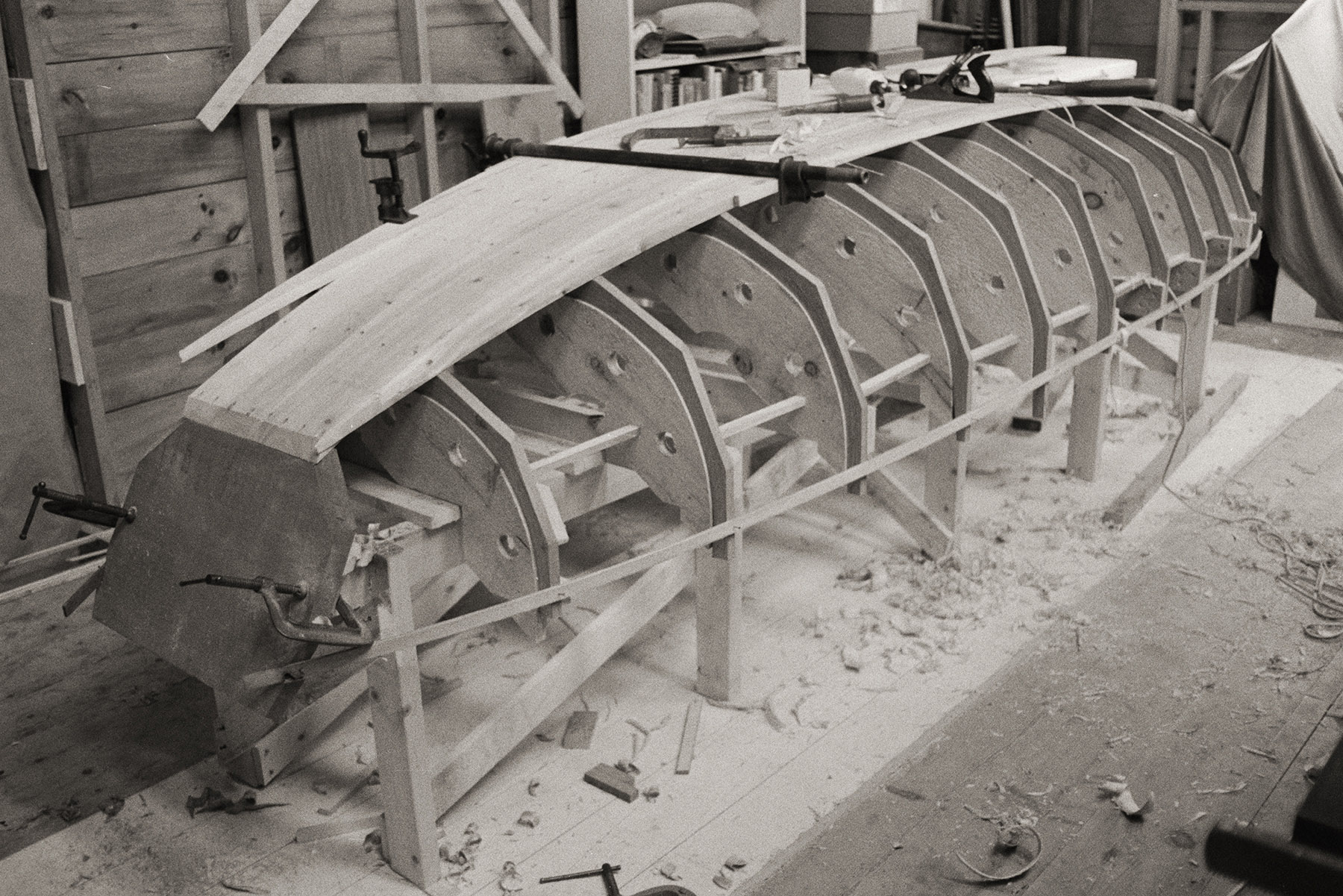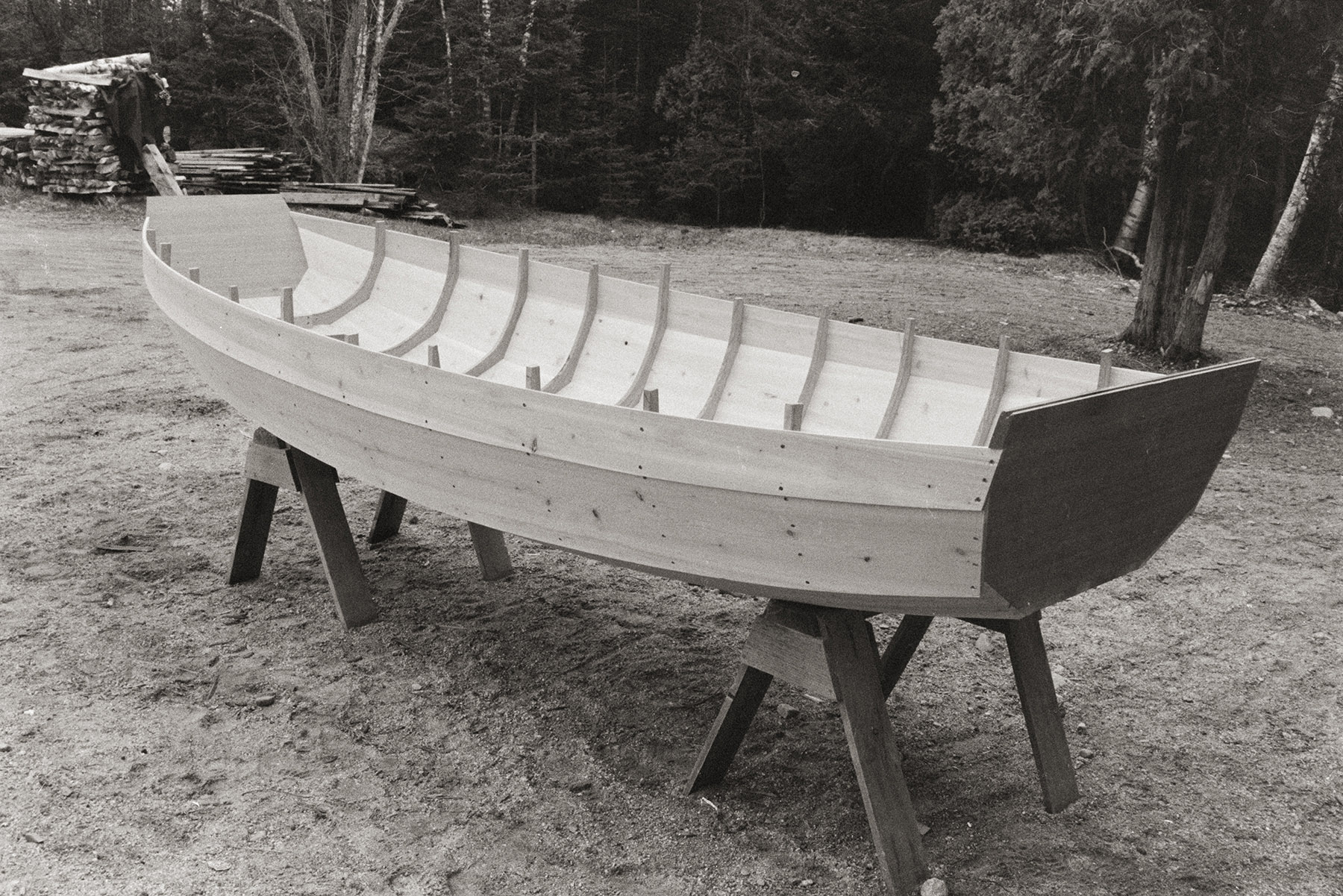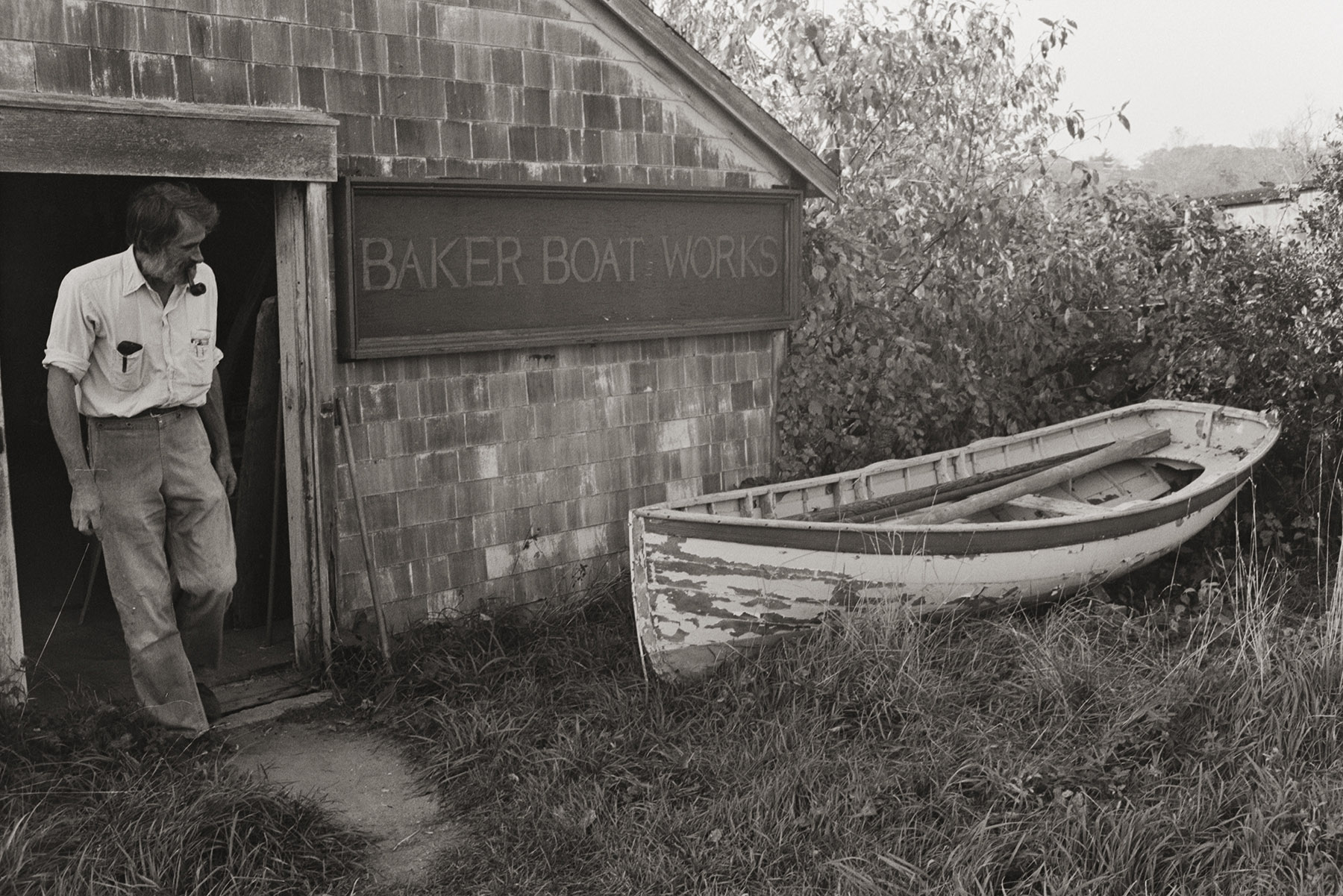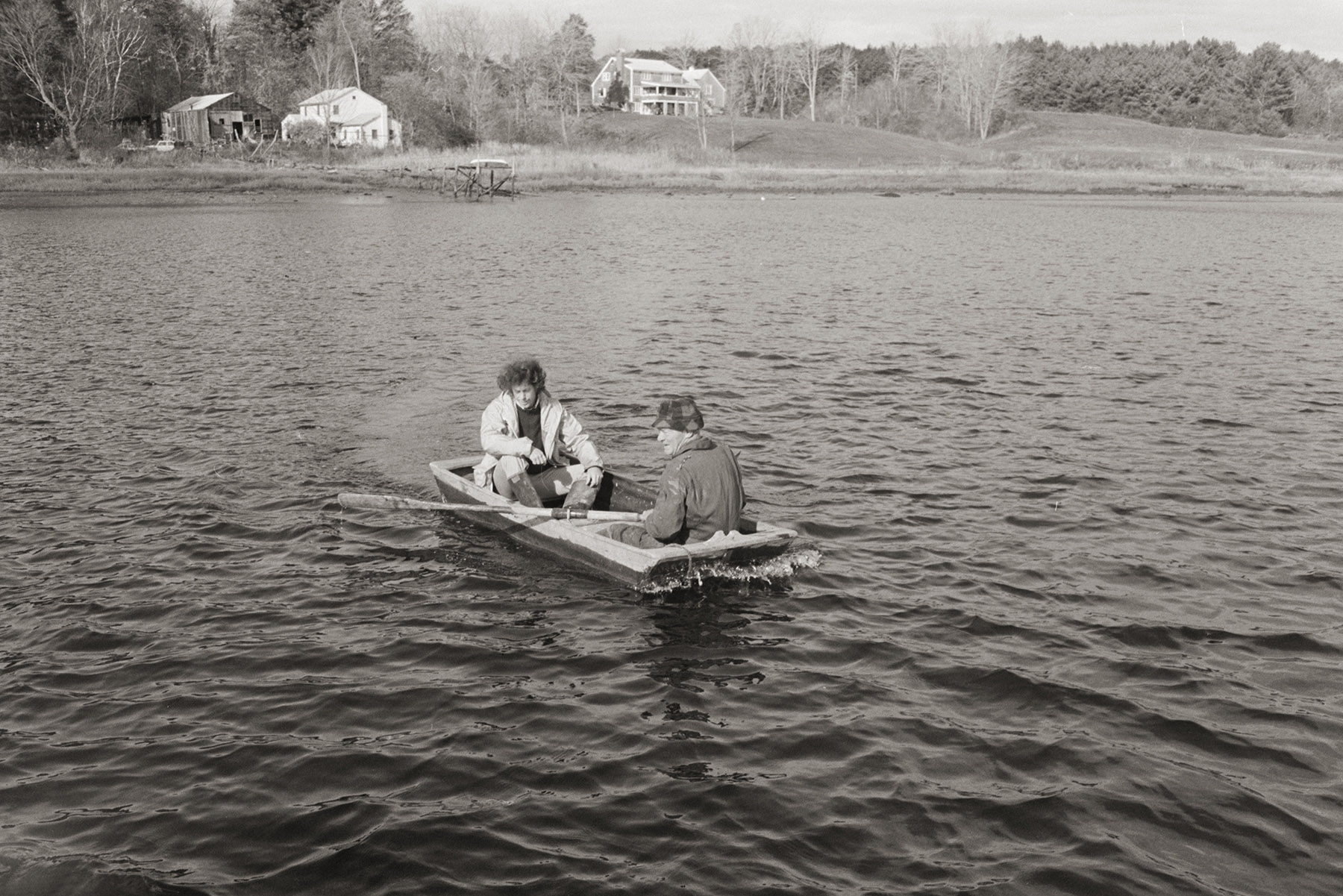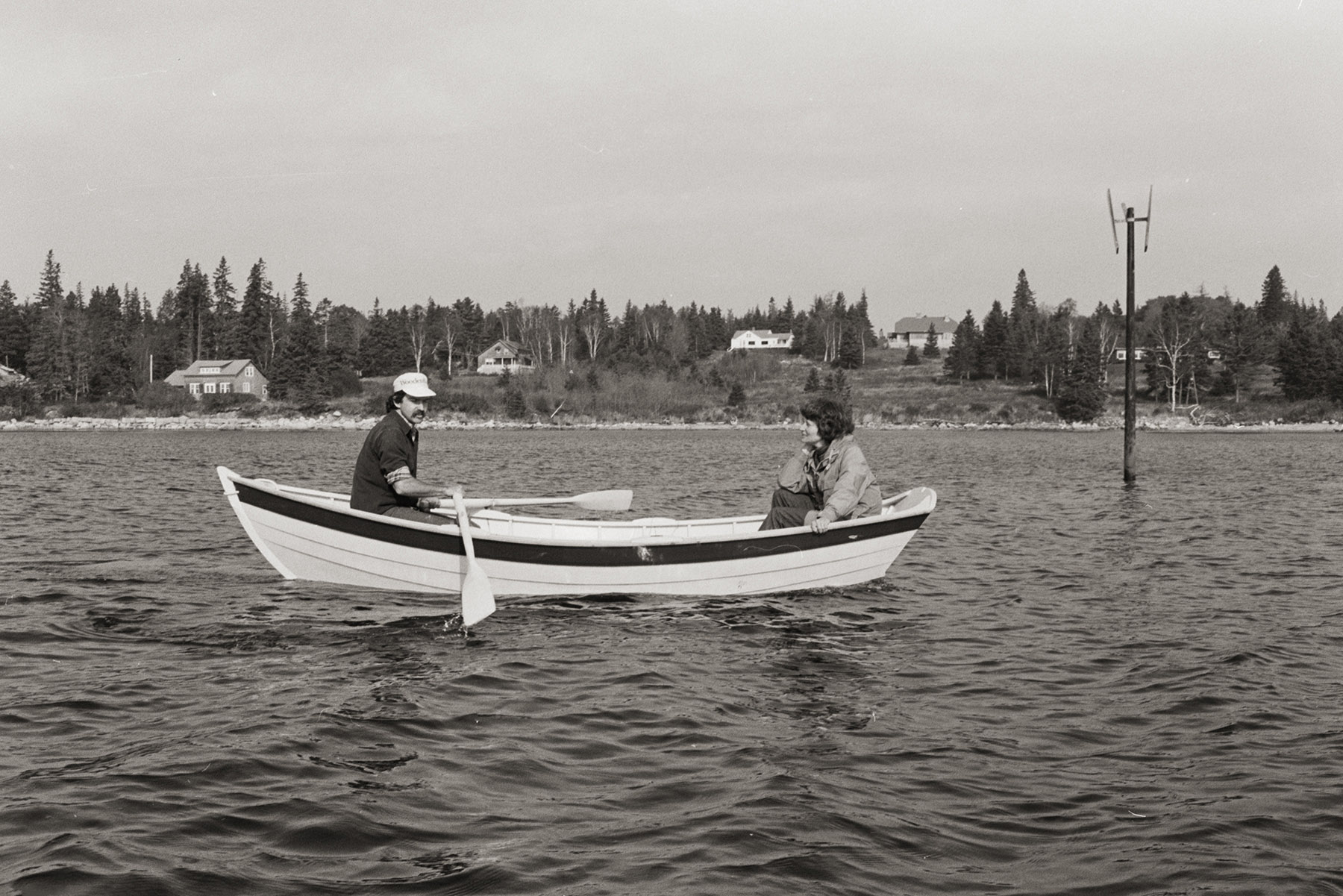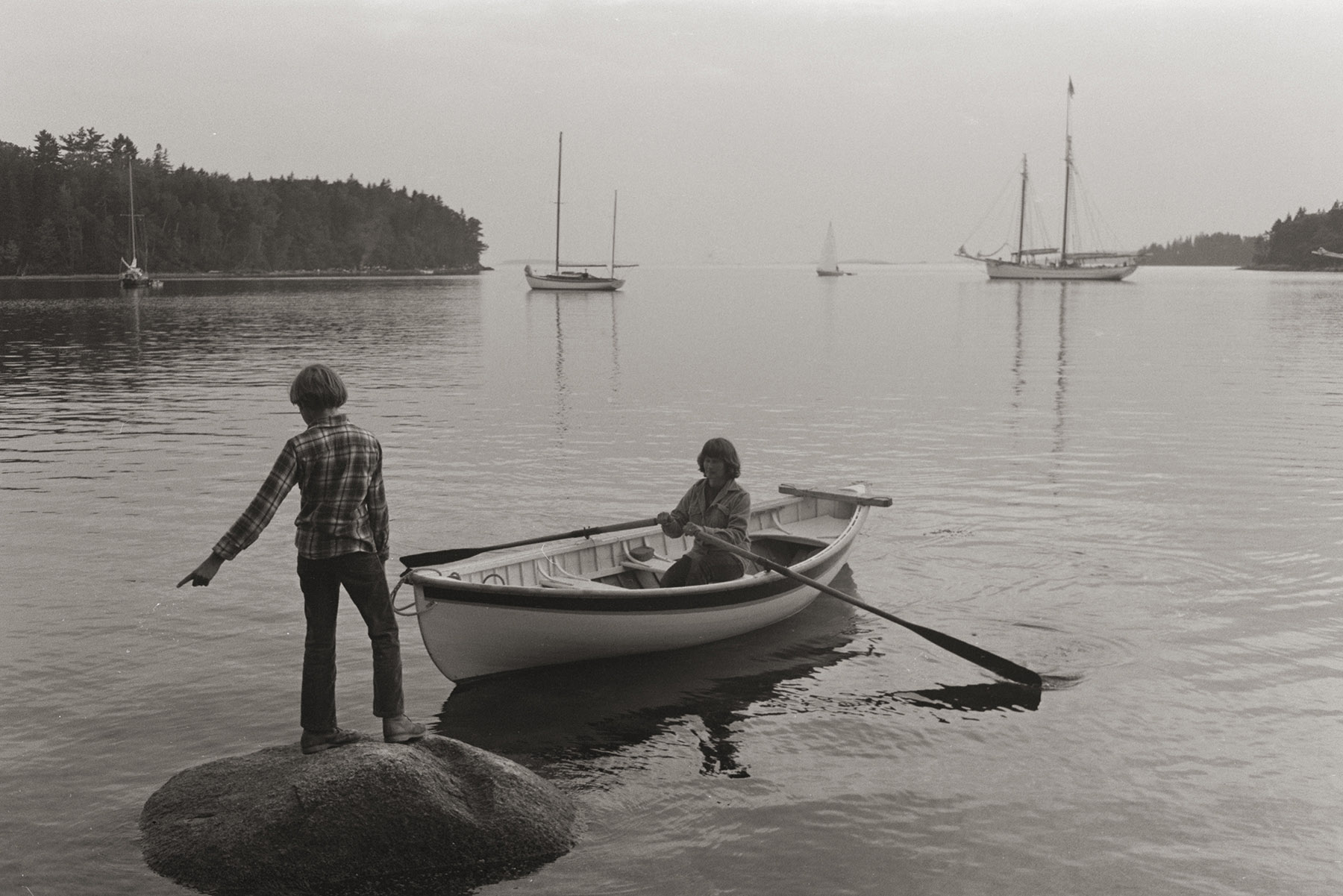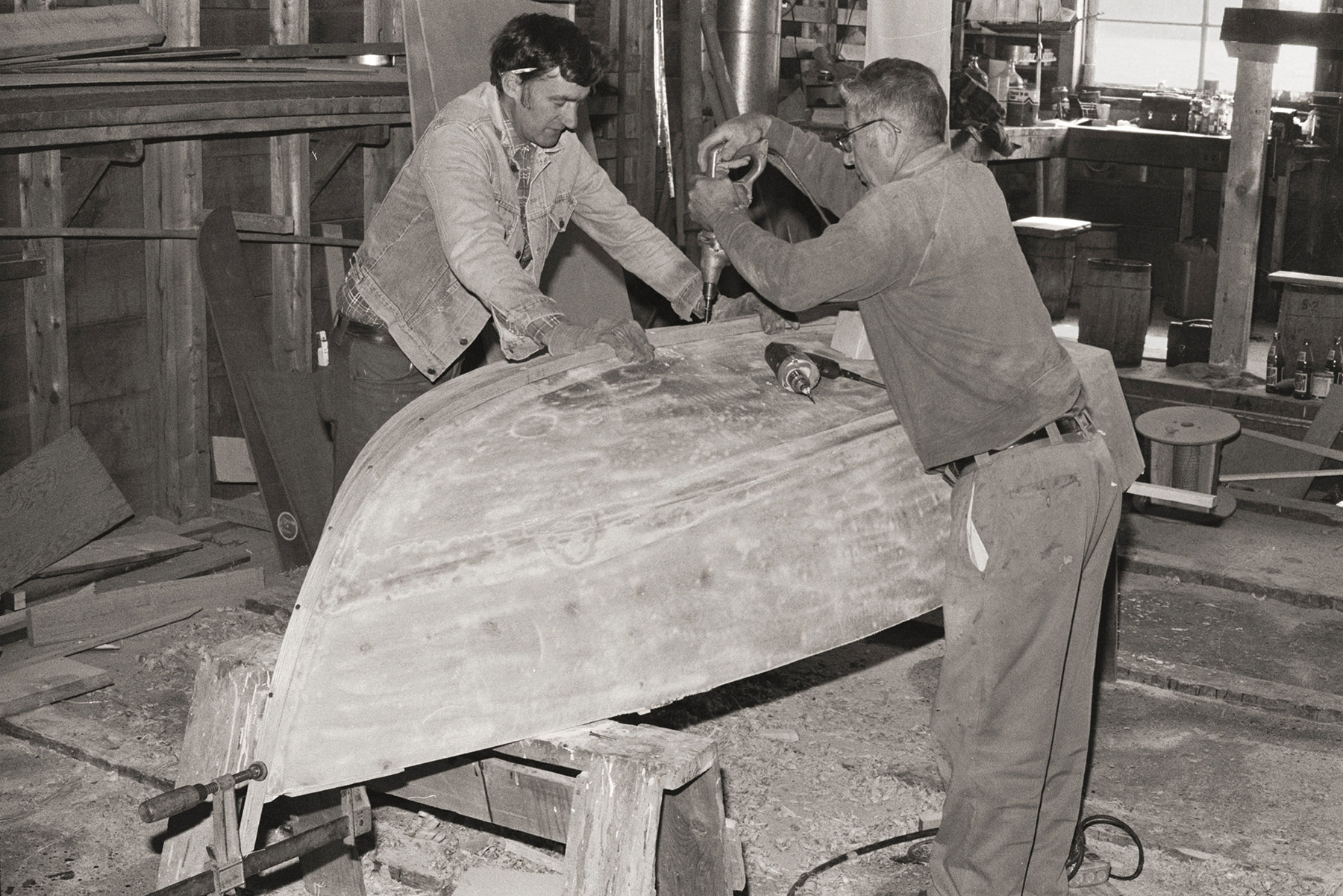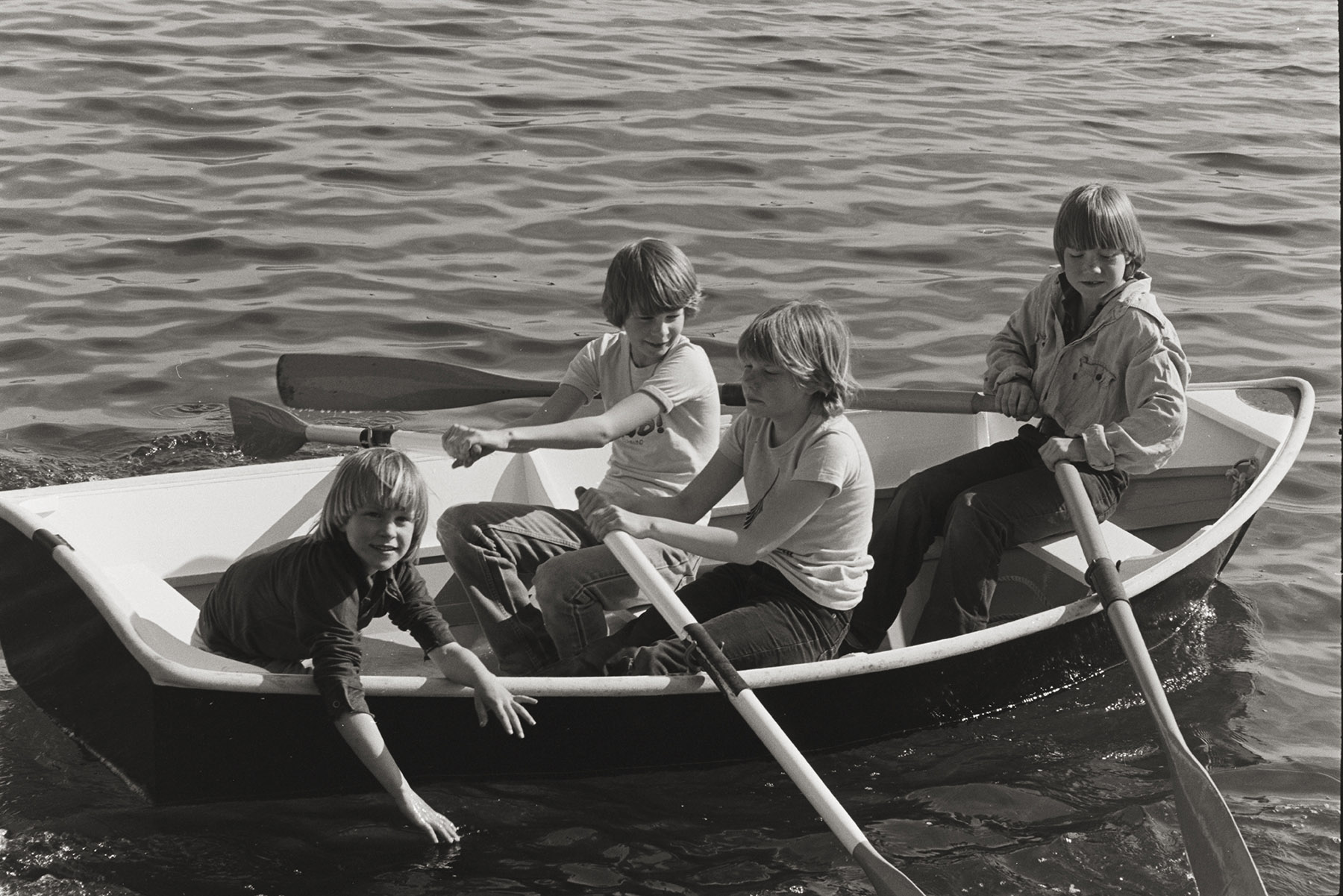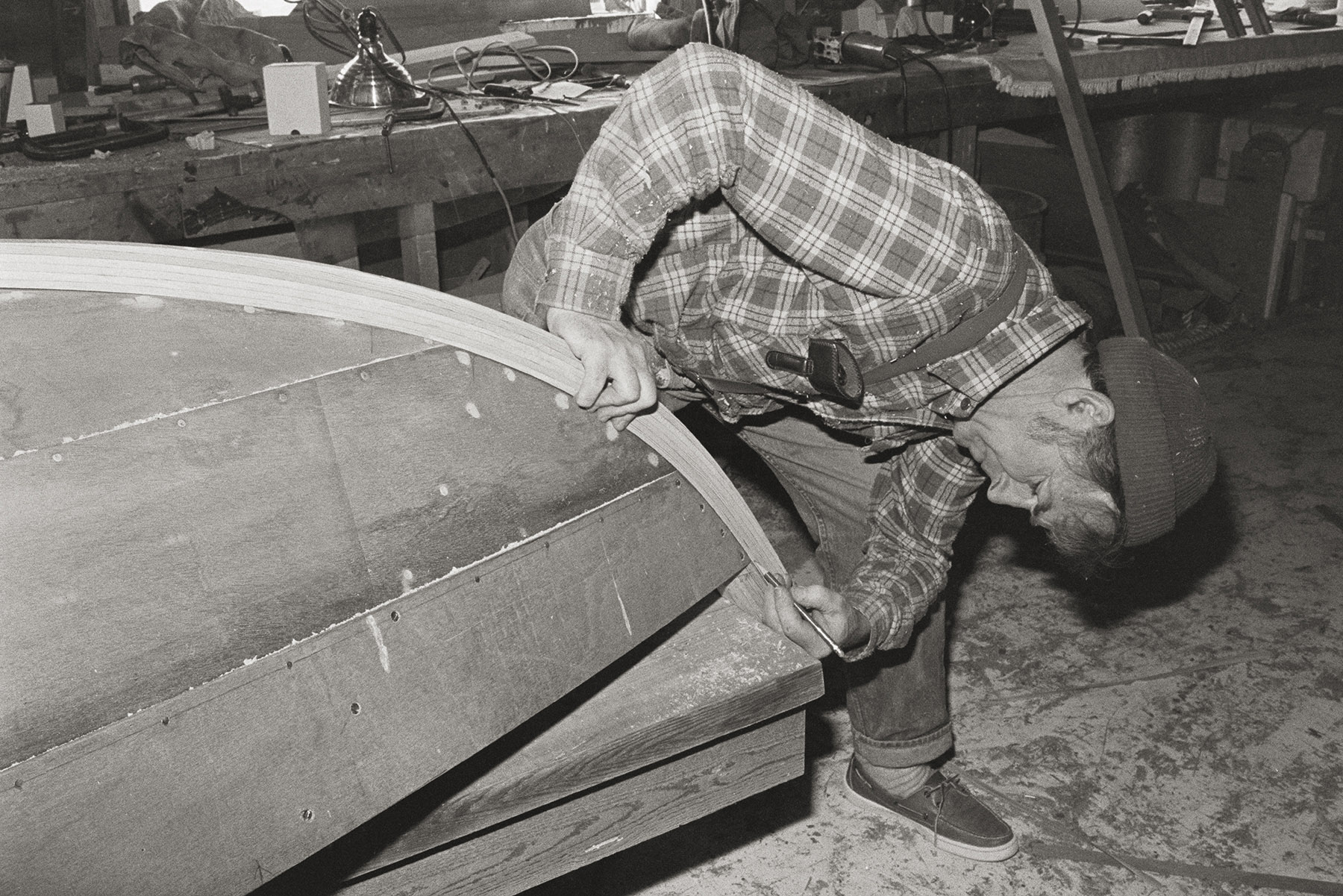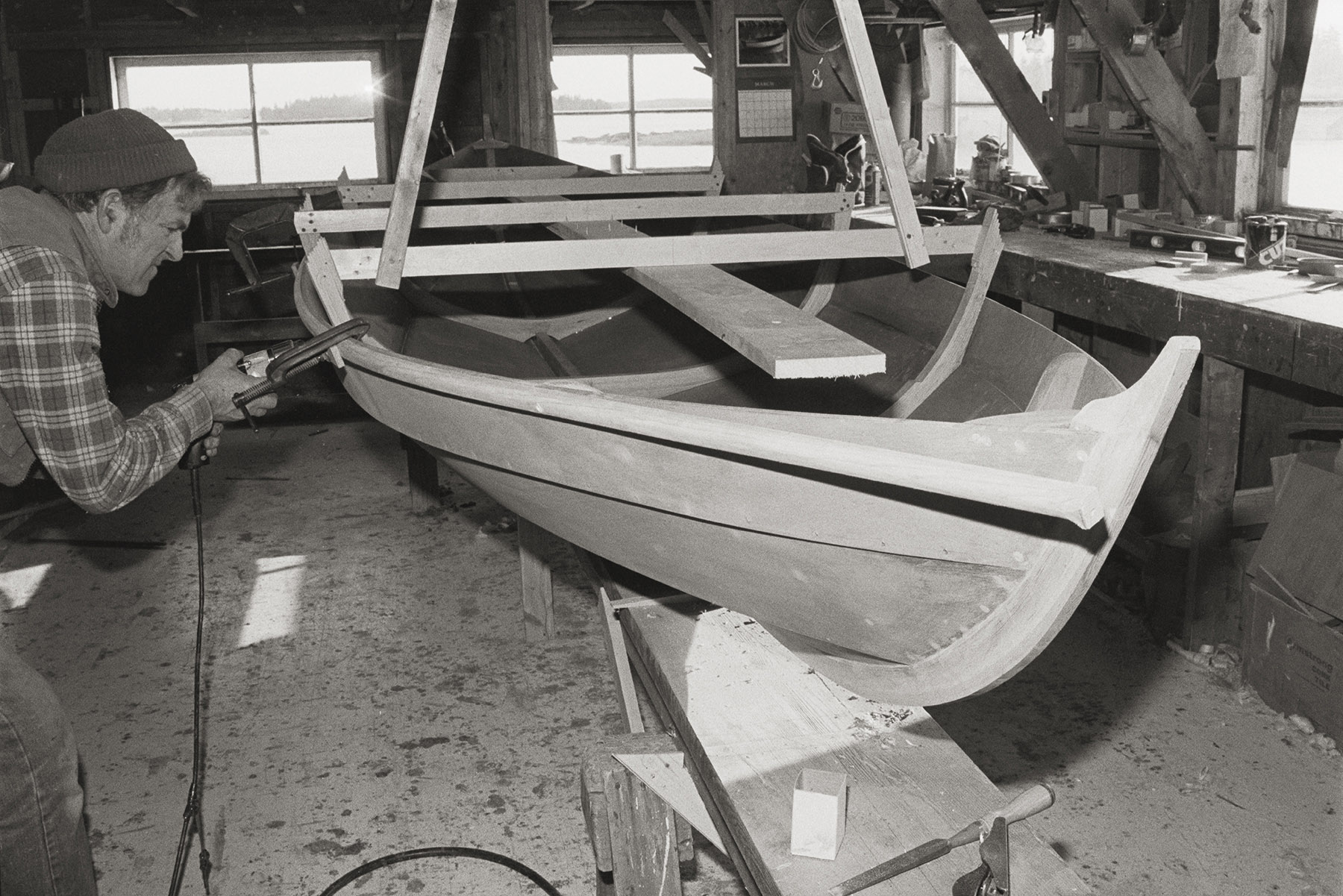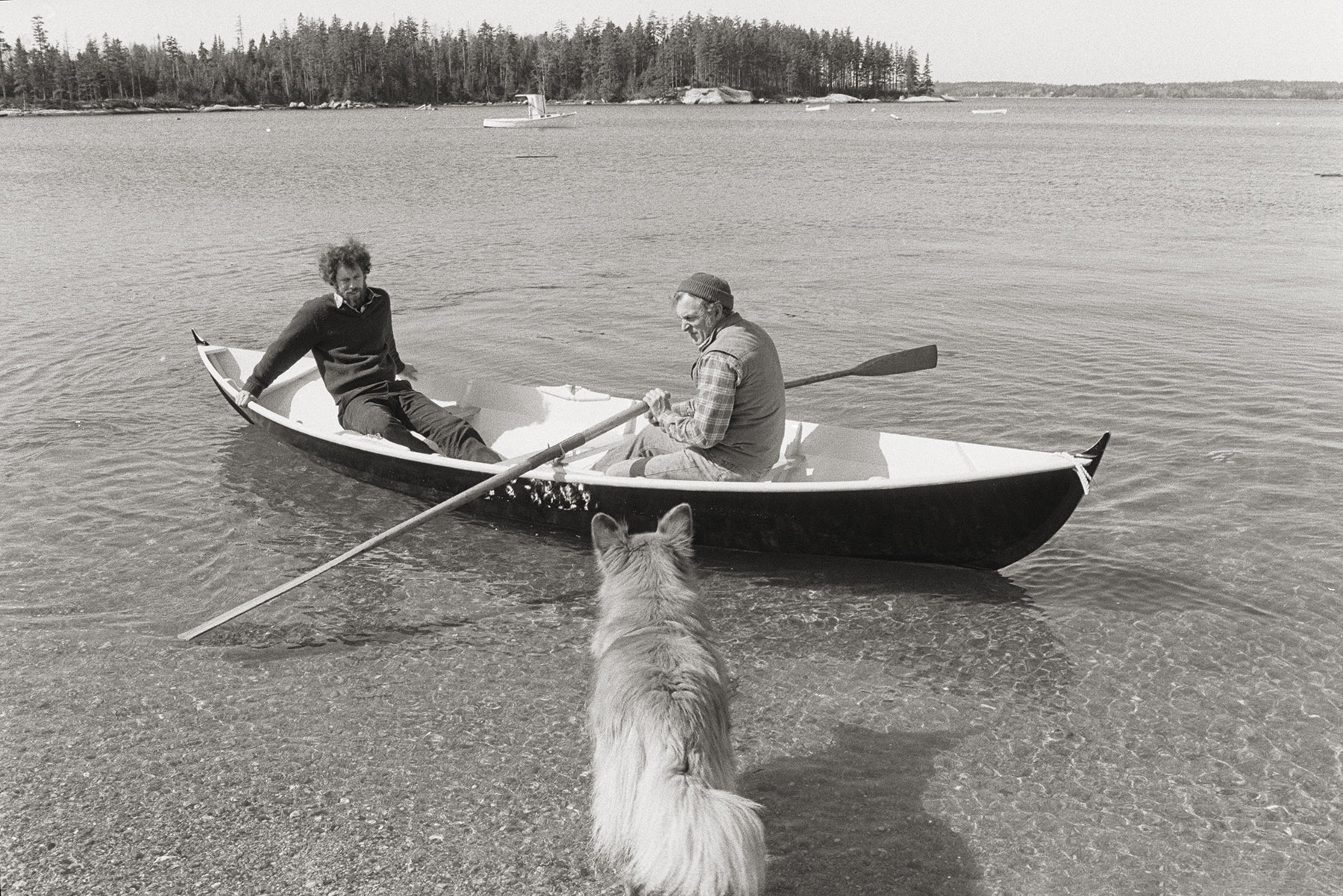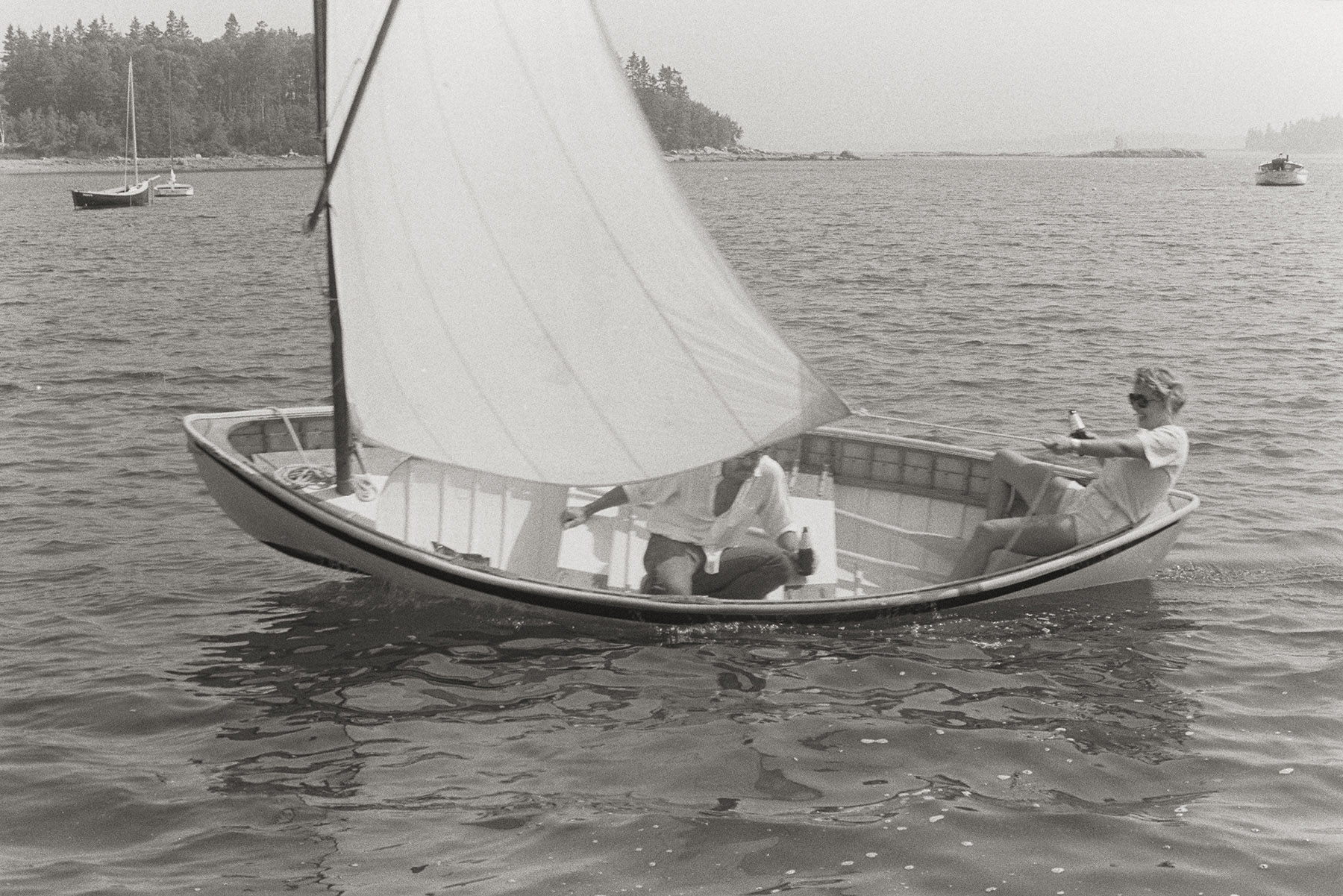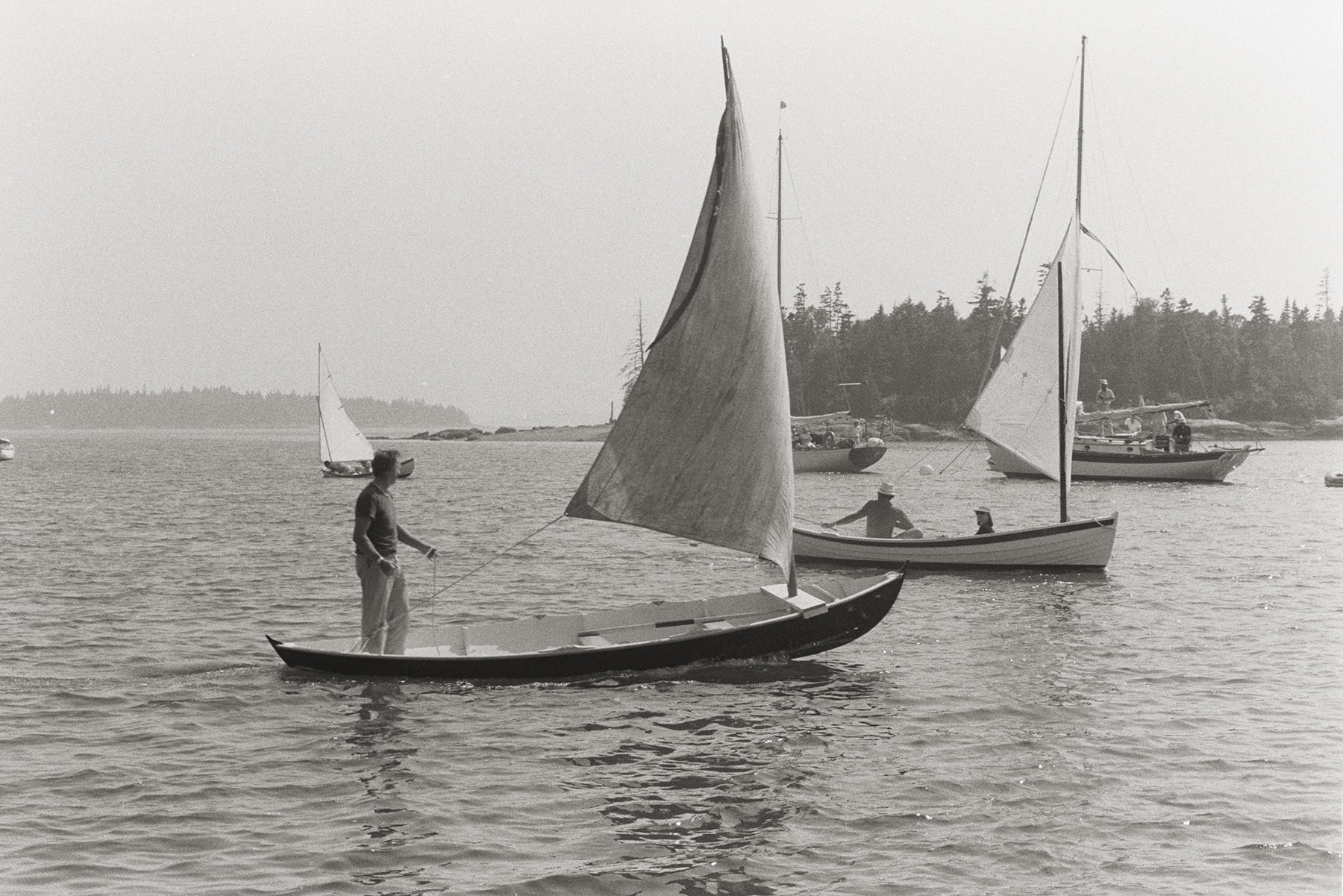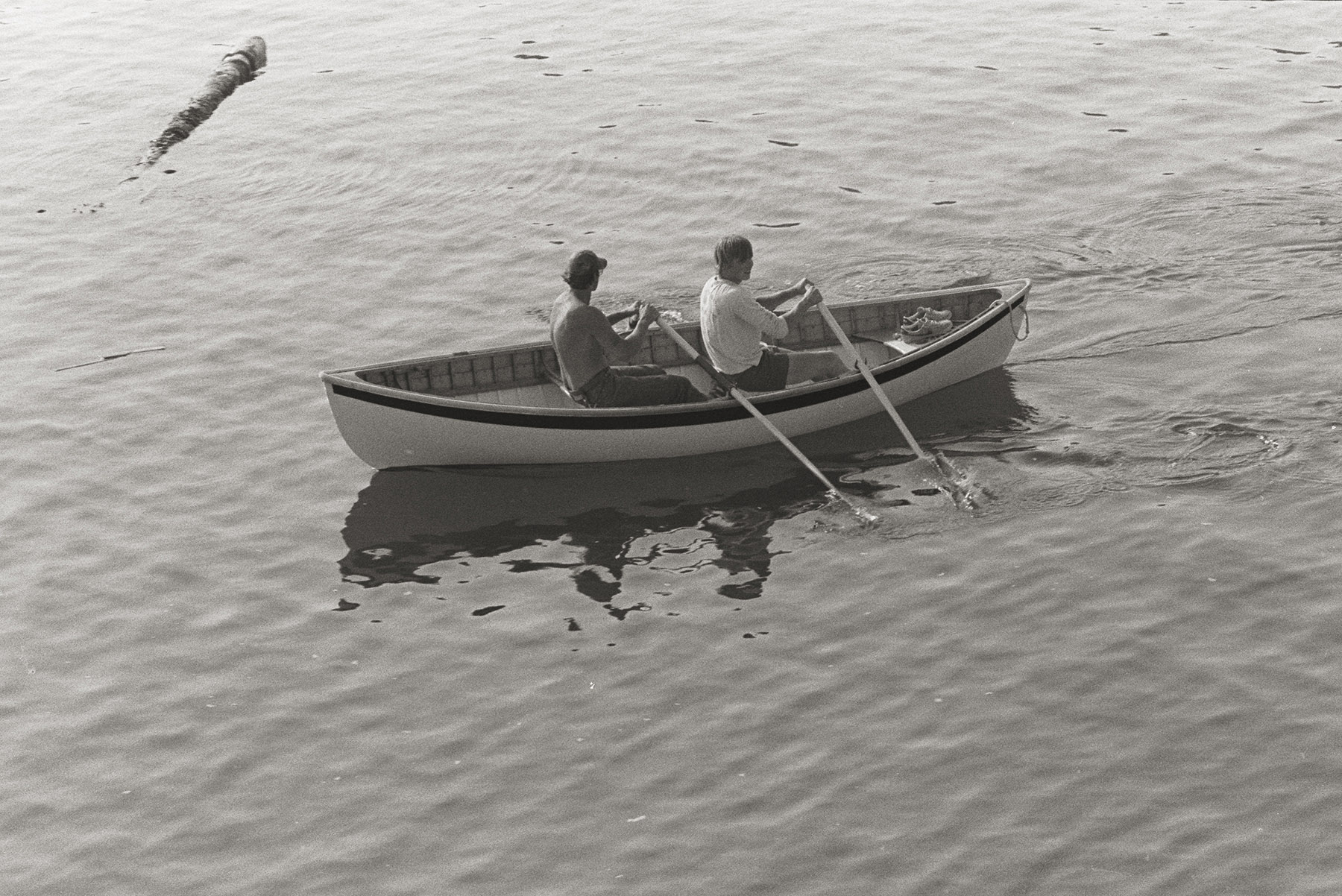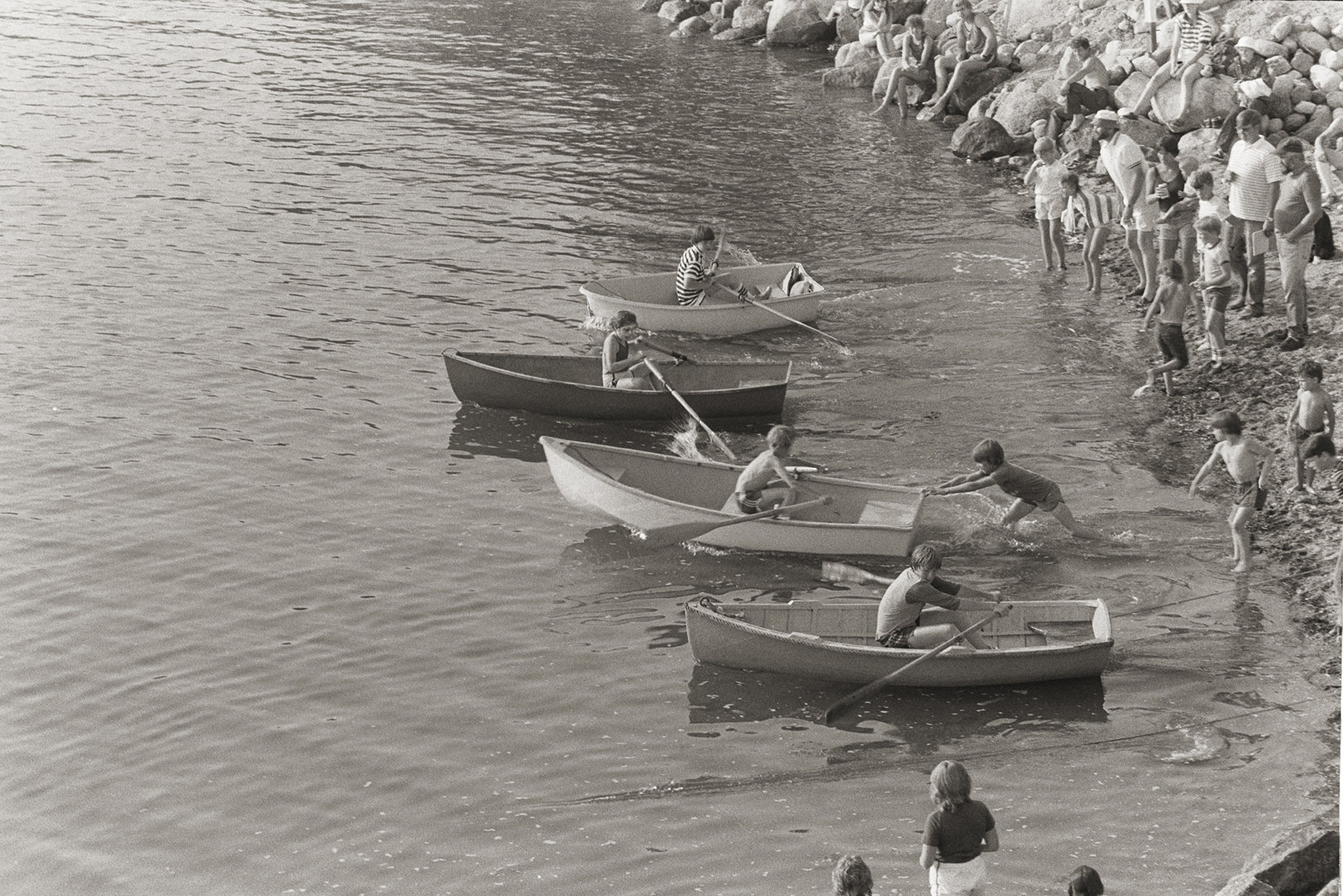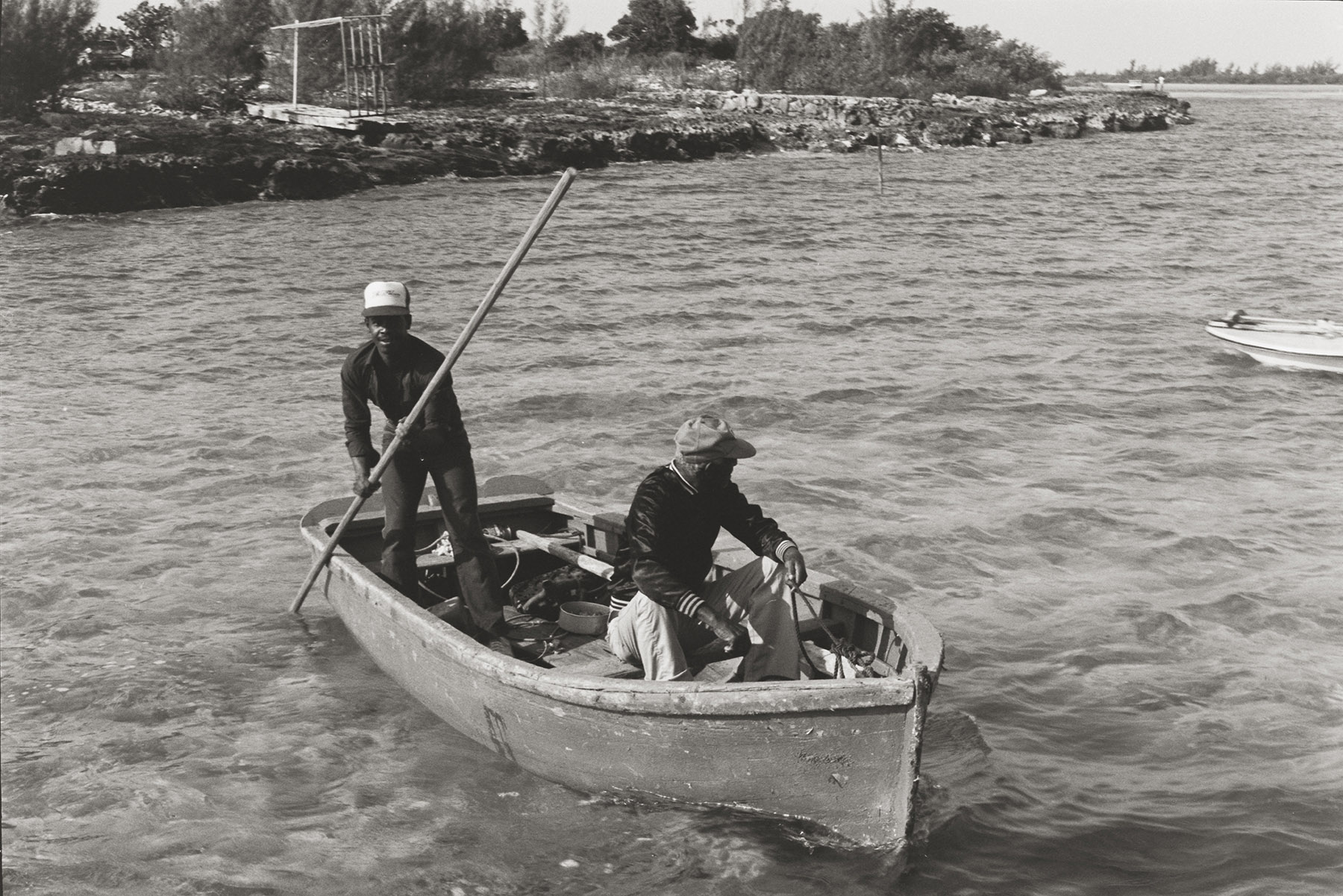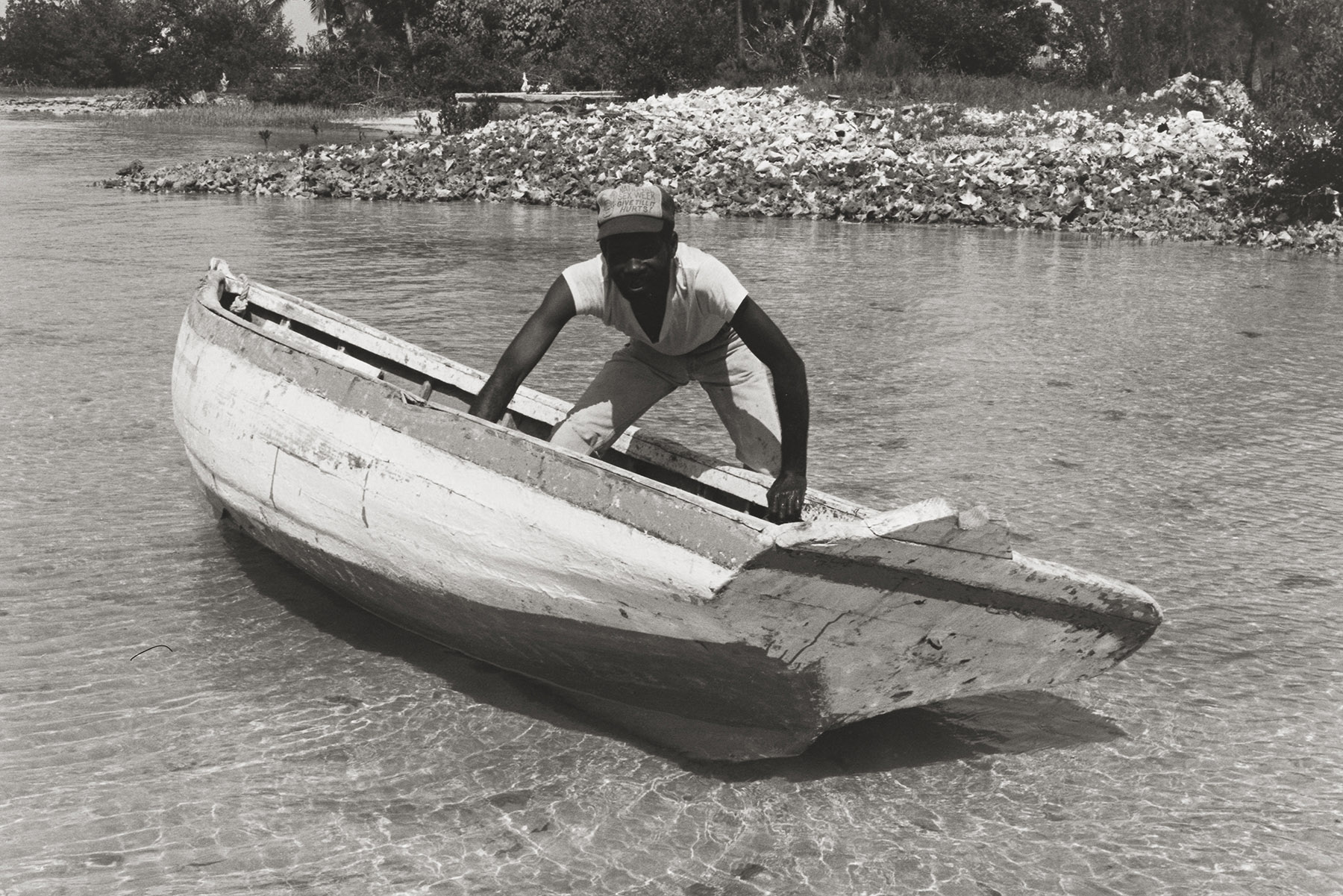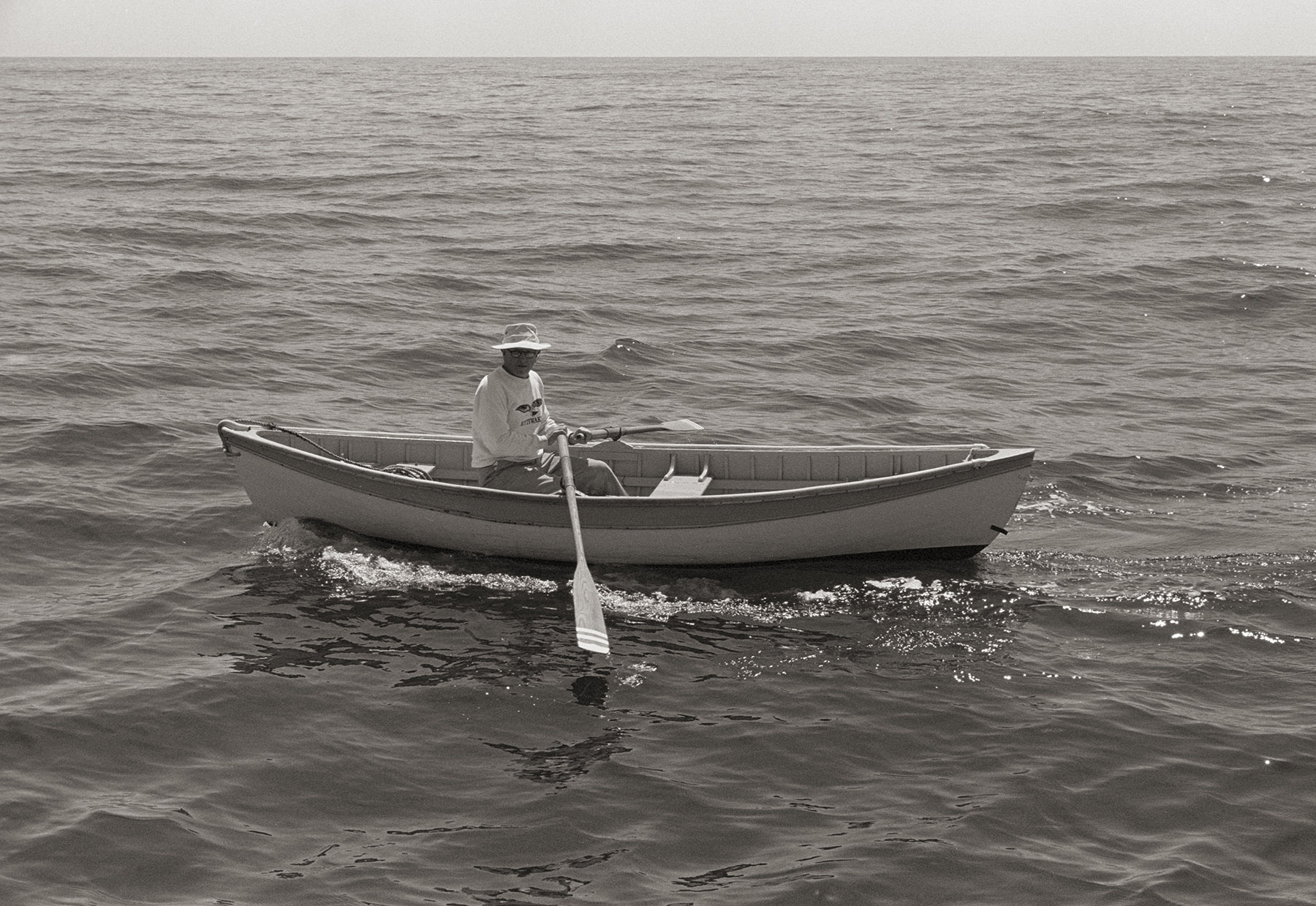A Virtual Fleet of Rowboats
The allure of tiny, human-powered watercraft is about as old as homo sapiens. In a little boat, there’s not much separating the subject from the landscape, human from water; the vessel becomes an extension of oneself. This intimate connection can be calming, exhilarating, or terrifying, depending on conditions. The rowboat seems to be a curious specimen of a small boat, given that you face astern, but its appeal is enduring. Rowboats are depicted in prehistoric art dating back over 6000 years, and the invention of the oar predates that of the wheel.
What’s the appeal for boatniks past and present? It’s easy to rattle off reasons. They’re small, affordable, and can fit inside sheds and garages. One person can launch a rowboat off a beach, and handle it easily alone—no wind or gas required. They can be trailered or otherwise hauled over the road. They’re interesting to study because there’s such variety in shape and structure among them; their original and current purposes, along with local conditions, greatly influence design. Their construction is easily examined because nothing is hidden in a small, open boat. For the DIY builder, the rowboat is a manageable project, a good outlet for perfectionism. Shaping components for good looks is as important as the overall shape of the hull. Options for materials, approach, and technique date back thousands of years, from bronze rivets and hand-shaped cedar boards to plywood and glue. Whether building or admiring a rowboat, it’s easy to appreciate the blend of creative and technical, form and function.
Function, of course, is what it all comes down to: leaning back on the oars, hearing the music of the water over the hull, looking out at the wake spreading under the sky. Flexibly designed rowboats can have wings to boot; hoist the sail and take a rest.
Maynard’s depiction of rowboats started with his earliest photography. We hope this selection inspires you to get out on the water and pull on some oars yourself this summer.
